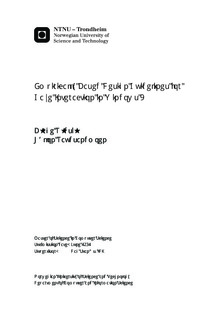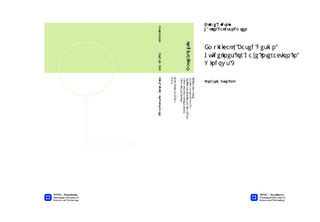| dc.description.abstract | The purpose of this study has been to test the use of gaze interaction in common everyday computer tasks, with the intent to suggest design guidelines for gaze interaction in Microsoft Windows 7. This has been done by organizing a user test with fifteen participants, using a self-made gaze interactive software called Discovery and a Tobii X60 eye tracker.Five demo applications have been created within the Discovery software, all utilizing gaze interaction. They are customized to reflect five user test tasks; playing a video game, exploring a picture gallery, doing drag and drop operations, browsing a web page and interacting with different Microsoft Windows controls. The four types of controls tested are command buttons, links, check boxes and sliders. Both quantitative and qualitative data were gathered during the user test.Through a discussion of the test results, we were able to suggest ten specific design guidelines for gaze interaction. These covers both the tested controls, drag and drop operations, automatic scrolling as well as the use of head gestures. Additional findings indicate that gaze interaction is more suitable for passive tasks such as reading with automatic scrolling, than for more physical tasks like doing drag and drop operations. To support gaze interaction, we found that current software will either require a major redesign or to be used in a combination with other interaction styles.Eye tracking technology has improved over the last years, becoming increasingly affordable and accurate. Through this study we have seen that gaze interaction has much to offer everyday computing. By recommending fundamental design guidelines we hope to aid software developers and designers in the development of future gaze interactive systems. | nb_NO |

